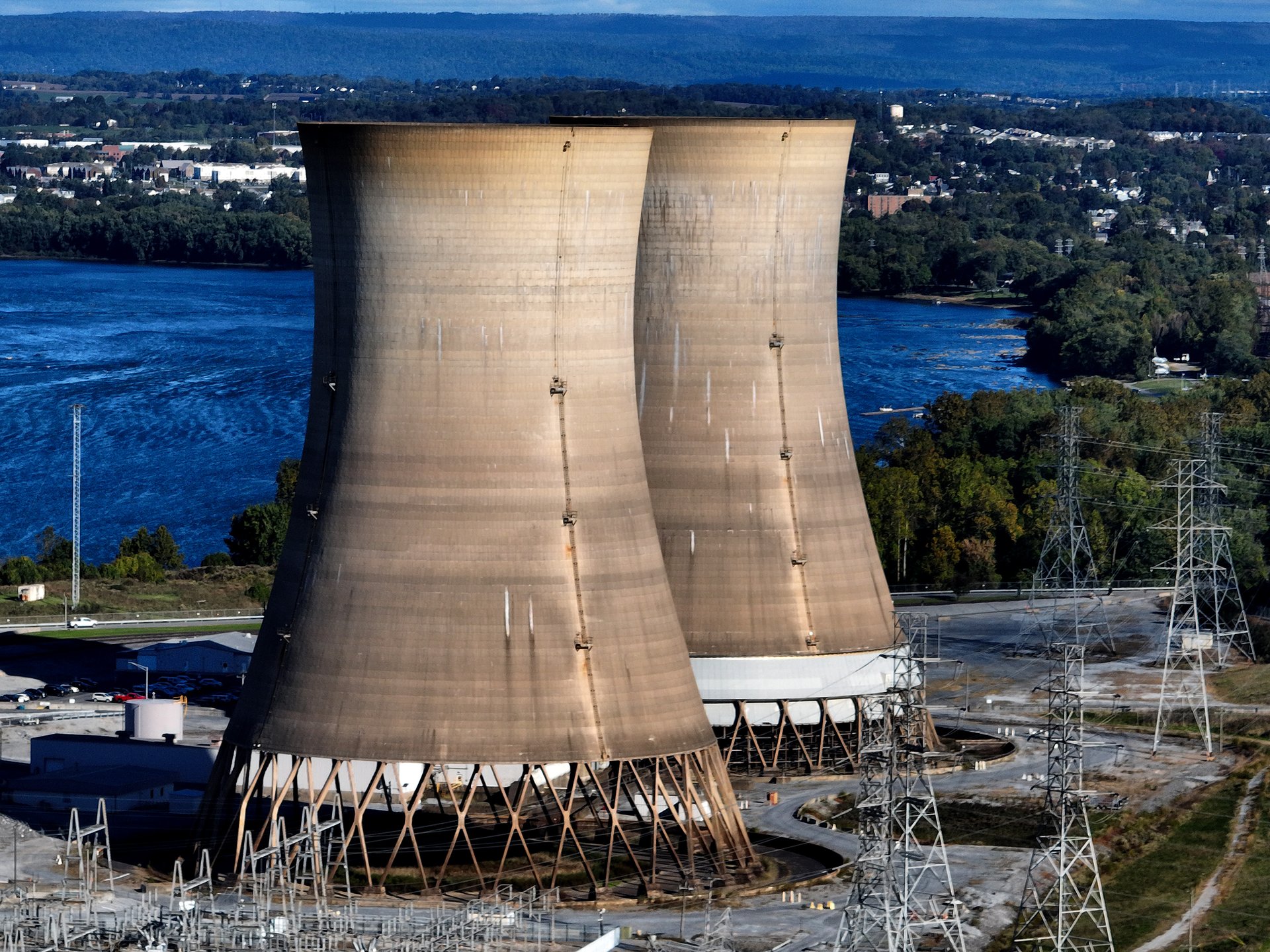Palantir's AI business is going nuclear
Palantir aims for the new AI platform to speed up the construction of new nuclear plants to meet rapidly ballooning U.S. energy demands

Getty Images / Chip Somodevilla
Palantir Technologies is working with a nuclear energy company to streamline the construction of nuclear reactors with AI.
Suggested Reading
The collaboration, announced Thursday, comes amid growing interest in the sector from investors and corporations; nuclear is being hailed as a clean and dependable solution for the immense power needs of emerging technologies — alongside rapidly scaling but only intermittently available renewables such as wind and solar.
Related Content
Together, Palantir and Nuclear Company — a Kentucky-based firm — say they'll develop a Nuclear Operating System (NOS). The software platform is intended to simplify the construction process, enabling faster and more cost-efficient deployment of nuclear plants. As part of the deal, Nuclear Company will pay Palantir approximately $100 million over a five-year period to build the software platform, a spokesperson told Reuters.
“This partnership marks the first time Palantir’s software will be used to help power the next generation of nuclear energy infrastructure,” Mike Gallagher, Palantir's head of defense, said in a statement.
This agreement follows four executive orders from President Donald Trump, signed in May, which call for expanding nuclear-energy production in response to rising electricity demand from AI data centers and cryptocurrency mining operations. The orders instruct the U.S. Nuclear Regulatory Commission to ease regulations and accelerate approval of new facilities. The orders also call for 400 gigawatts of nuclear reactors by 2050, and 10 large-scale reactors to be under construction by 2030.
“Nuclear has the potential to be America’s greatest source of energy addition. It works whether the wind is blowing, or the sun is shining, is possible anywhere and at different scales,” Energy Secretary Chris Wright said in May.
The nuclear industry also stands to gain from Trump’s broader tax and spending package, which significantly reduced support for most forms of renewable energy while maintaining incentives for nuclear development.
U.S. electricity use is projected to hit all-time highs this year and next. Some forecasts suggest that by 2030, AI-related data centers could account for 11% of the total U.S. electricity load, with other estimates run even higher.
Without greater efficiency, “by the end of the decade, AI data centers could consume as much as 20% to 25% of U.S. power requirements,” Rene Haas, CEO of chip-designer Arm, told The Wall Street Journal last year. “That’s hardly very sustainable, to be honest with you.”
